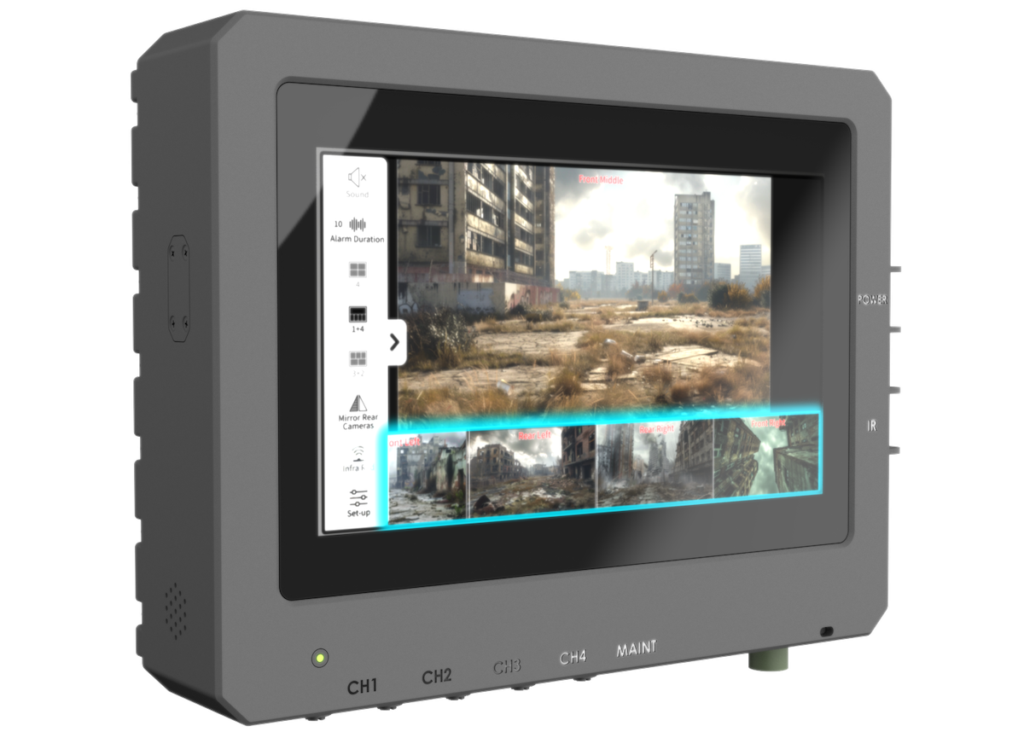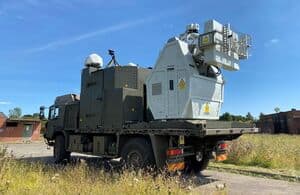
Discover Leading Defense Technology Solutions
Discover cutting-edge solutions from leading global suppliers
The Defense Advanced Research Projects Agency (DARPA) has selected multiple teams of researchers for the agency’s Coded Visibility (CV) program which aims to develop tailorable, tunable, safe obscurants that provide warfighters with an asymmetric advantage, enhancing friendly forces’ visibility while suppressing adversary vision and detection systems.
In the passive asymmetry technical area, the agency selected Raytheon Technologies Research Center to develop new obscurants composed of multiple particulates with tailored properties and demonstrate asymmetric vision capabilities in lab, pilot, and field tests.
In the active symmetry technical area, the agency selected Northeastern University, Signature Research, and Georgia Tech Research Institute. Teams selected from this technical area will investigate new tunable particulates and associated active modulation mechanisms to demonstrate asymmetry on-demand in lab and pilot tests.
In both technical areas, teams will also develop new obscurant modeling and simulation tools to engineer plumes and assess performance against sensors. All new obscurants developed under CV must be safe to inhale compared to current obscurants that can be hazardous and require troops to wear respirators in the field. During the program, a government team will experimentally assess safety of new particulates.
The full teams are as follows:
Passive asymmetry –
- Raytheon Technologies Research Center, teamed with Rice University and Palo Alto Research Center (PARC)
Active asymmetry –
- Northeastern University, teamed with City University of New York, University of Pennsylvania, and Polaris Sensor Technologies
- Signature Research, teamed with Duke University
- Georgia Tech Research Institute, teamed with Georgia Tech
“The teams we selected aim to develop new types of non-hazardous obscurant particulates that can be tailored to provide asymmetry – that is to allow US and allied forces to see the enemy through the plume in one direction, while the adversary is unable to see through the plume in the opposite direction,” said Rohith Chandrasekar, CV program manager in DARPA’s Defense Sciences Office. “A passive asymmetry approach will likely require multiple obscurant materials deployed in specific ways to allow one-way vision through the plume. We are also exploring a more fundamental challenge of demonstrating active asymmetry, which only requires a single obscurant material, but one that can be tuned in real time to potentially enable dynamic control of its properties after being deployed and in cooperation with sensors.”
























